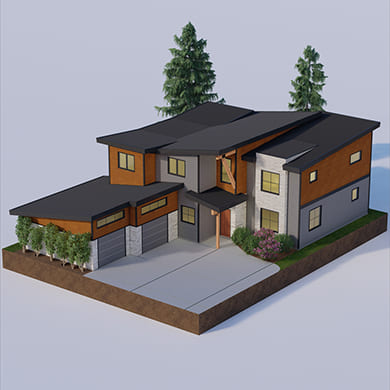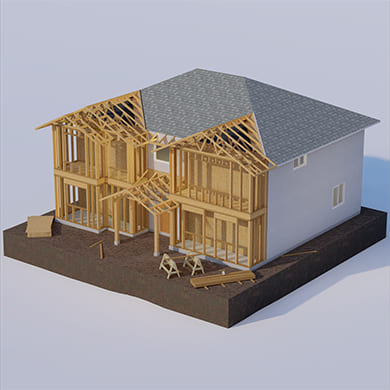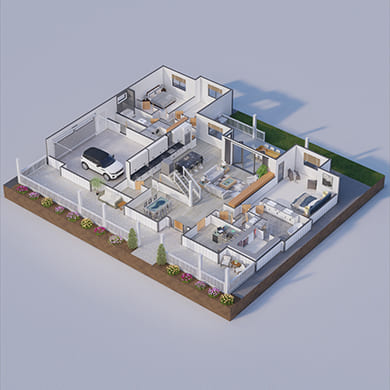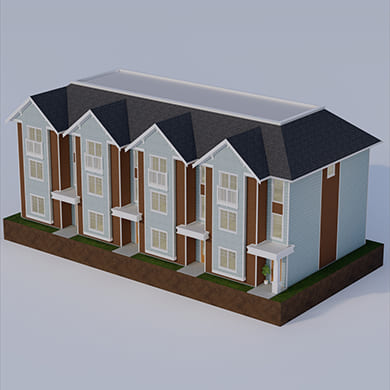Initial consultation incorporating project feasibility, desired styles, wish lists, rough conceptual floor plans and elevations, and how to get it all onto paper.
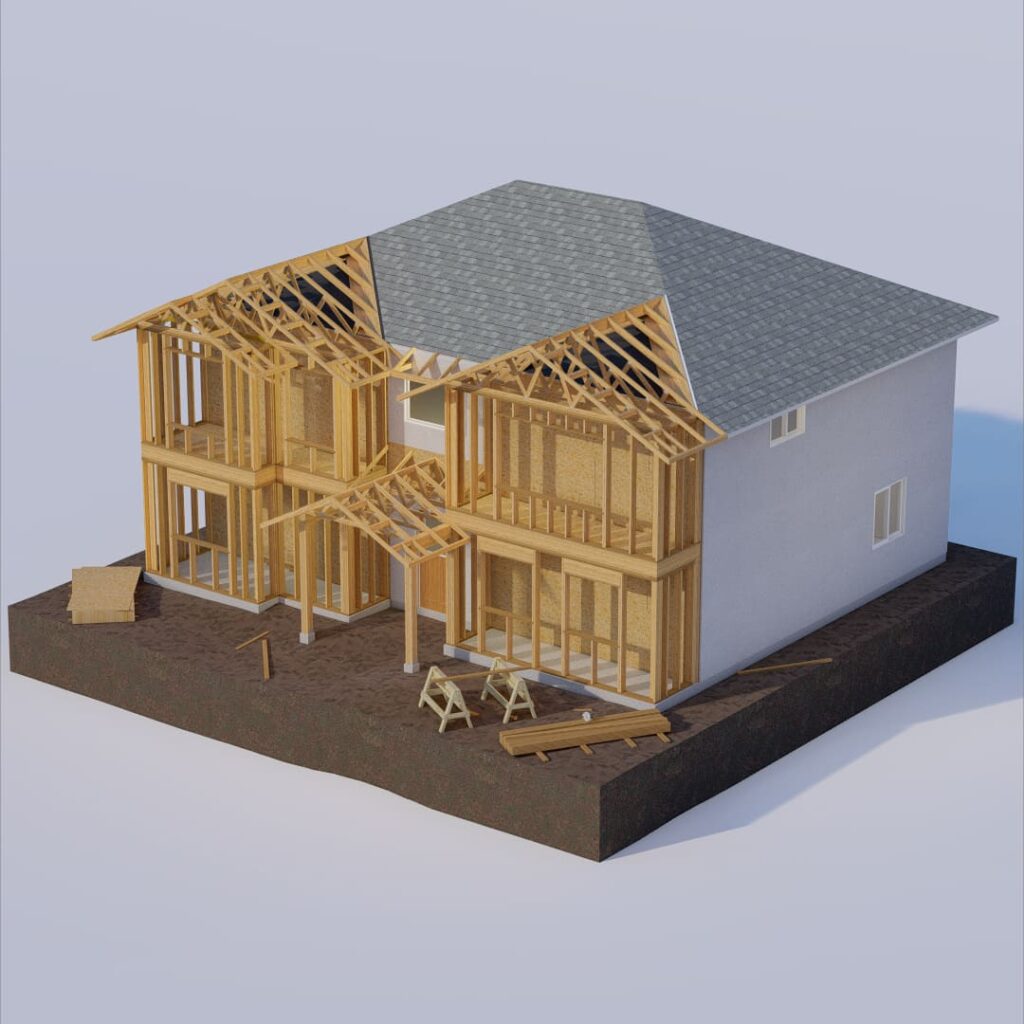
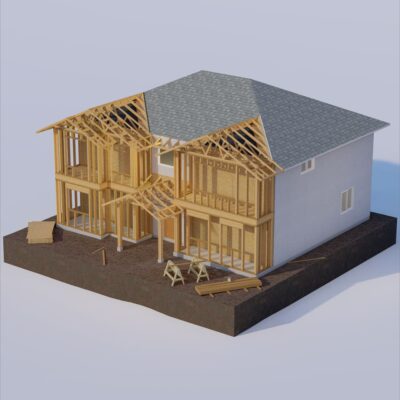
Comprehensive Custom Designs
Additions & Renovations
It’s never a bad time to reimagine your existing space. Whether it’s adding more space to your home, opening up that interior, modernizing the finishes, or adding in that extra bathroom you always wanted, an addition or renovation project has many benefits. Not only do you get to enjoy the end result for years to come, but the equity of the home goes up.
The design process starts with initial research of the existing property and structure to establish exactly what can be done. We move to a full set of preliminary drawings before the design development takes off. When the client is ready, the plans are finalized into construction documents.
Why choose us for the design of your addition or renovation? Because not only do we understand the building code, but we understand the older building codes and methods as well. This is important to be able to marry the new construction to the existing. Without that knowledge, key issues could be missed, complicating construction. You can be confident in our education and knowledge to ensure a quality and accurate design.
A full set of to-scale drawings with 3Ds, elevations, detailed floor plans and how it all sits on the property. Continued refinements to the clients preference. Consultation in regards to zoning, building code, and design the whole way through. Full working construction drawings of the house with all necessary technical details required for engineering, building permits and construction.
Initial consultation incorporating project feasibility, desired styles, wish lists, rough conceptual floor plans and elevations, and how to get it all onto paper. A full set of to-scale drawings with 3Ds, elevations, detailed floor plans and how it all sits on the property.
Continued refinements to the clients preference. Consultation in regards to zoning, building code, and design the whole way through. Full working construction drawings of the house with all necessary technical details required for engineering, building permits and construction.
Other Related Services
Other Addition & Renovation Projects
Extra Services
Get In Touch With Us
250 – 915 – 7965
9am – 5pm, Monday – Friday
info@impacthomedesign.ca
Responds within 24 Hours

